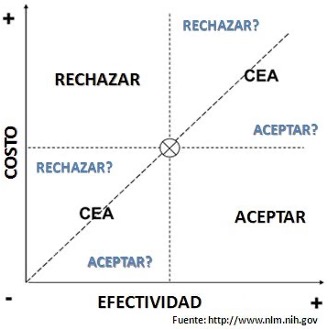
With the implementation of Low Emission Zones in full swing, in recent years there has been a succession of news of the approval and rejection of several of them throughout Spain. And the fact is that, just like the Tobacco Law in its time, Law 7/2021 on Climate Change and Energy Transition, which regulates the obligatory nature of LEZs, directly affects individual habits and “rights”, leading to a polarisation of opinions and defensive behaviour on the part of the population in the face of this new development.
In the face of regulations such as these, experience shows us the need for the decisions approved to be neutral and objective, and to be based on quantitative data that justify the adoption of the regulation. And this is precisely what the various court rulings that have come out in the wake of the LEZs have come to argue in broad terms: the need to comply with the principles of good regulation. These are five pillars on which all regulation must be based and guaranteed: 1) the necessity and effectiveness of the rule; 2) proportionality; 3) efficiency; 4) legal certainty; and 5) transparency.
Thus, the regulations to be approved must be based on a need in the general interest, defining the aims pursued and justifying their suitability as the most appropriate instrument for achieving those aims. In the case of the LEZs, the need is clearly identified: to protect people’s health and promote a suitable environment by improving air quality and mitigating GHG emissions.

However, some of the other principles that the regulation must comply with, such as efficiency or proportionality, are the ones that are receiving the most attention and questioning. It is therefore essential to carry out quantitative studies that offer objective evaluations of the main socio-economic impacts that the implementation of the regulation (with its initial proposal) may produce in order to consider them and adapt the regulation accordingly in its final version.
Socio-economic impact studies are therefore postulated as one of the reference documents for addressing these challenges and needs, as the courts have made clear when ruling against the LEZs in some cities (TSJ Madrid, TSJ Catalonia and TSJ Asturias).
In the case of the LEZs, the Law does not detail the contents that this study should include or its scope, which gives rise to some concern among those responsible for carrying it out. But, broadly speaking, they are studies aimed at quantifying and trying to monetise the positive and negative impacts of the implementation of the regulation on the sectors of the population affected by it. It should therefore include:
- a comprehensive analysis of the city’s flows and metabolism and their relationship to transport use and associated mobility
- an analysis of the socio-economic impact on the sectors affected by the standard and the typology of affectation and its monetary valuation
- the vehicle fleet concerned and the technical and economic feasibility of replacement
- the impact on the use of public transport
- the socio-economic impact of the change in the configuration of the city’s urban planning: increased pedestrianisation and recovery of public space
- socio-economic impacts on the health of inhabitants.

The aim is to provide a diagnosis in order to consider whether the standard is based on the best option to achieve its objective, as well as to provide a scenario to formulate corrective and/or complementary measures to help minimise negative impacts.
This cost-benefit methodology, on which these studies are based, is widely used for the analysis and evaluation of social and economic policies of various kinds, the results of which facilitate decision-making by political decision-makers and serve as a measure of the effectiveness of the approved instruments. This time, at the service of the principles of good regulation to guarantee the proportionality and efficiency of the LEZs to be implemented.





